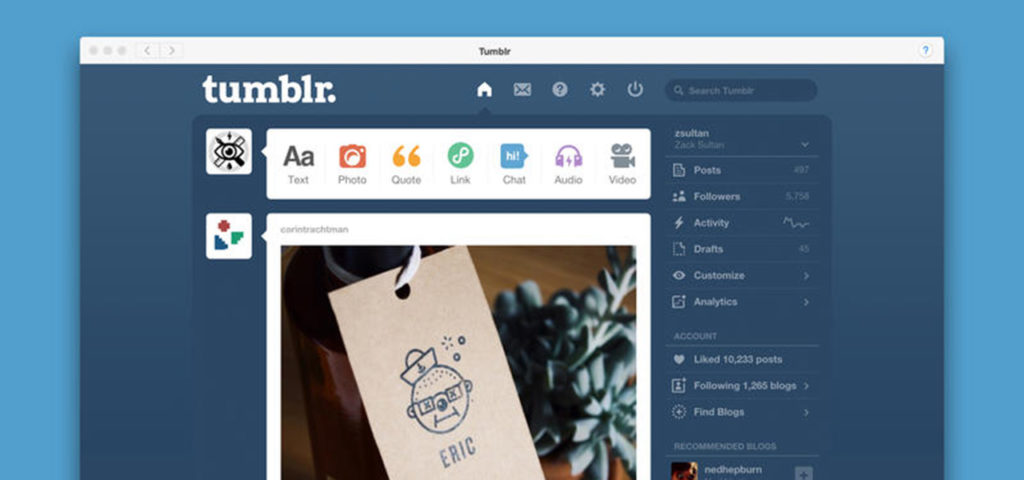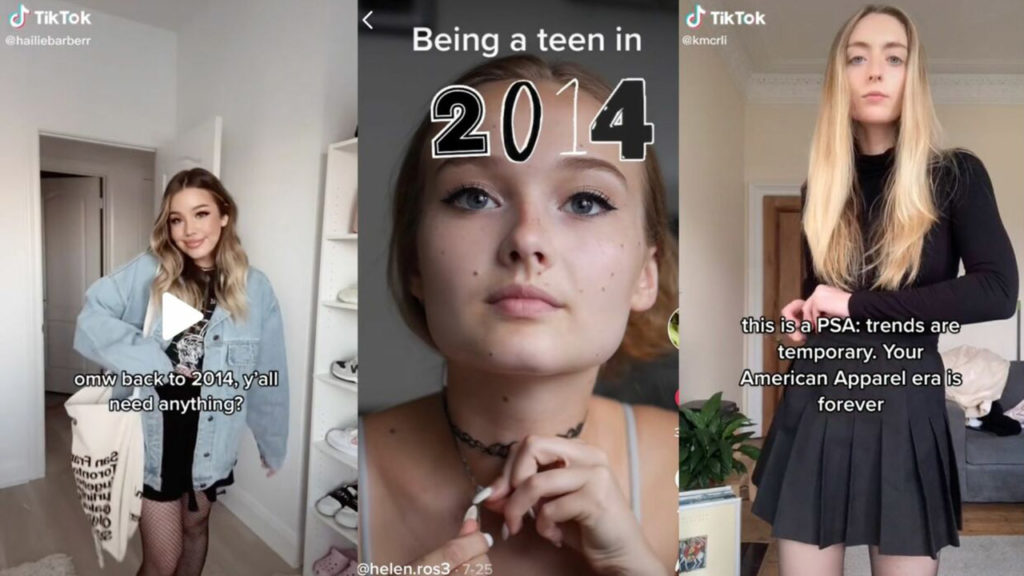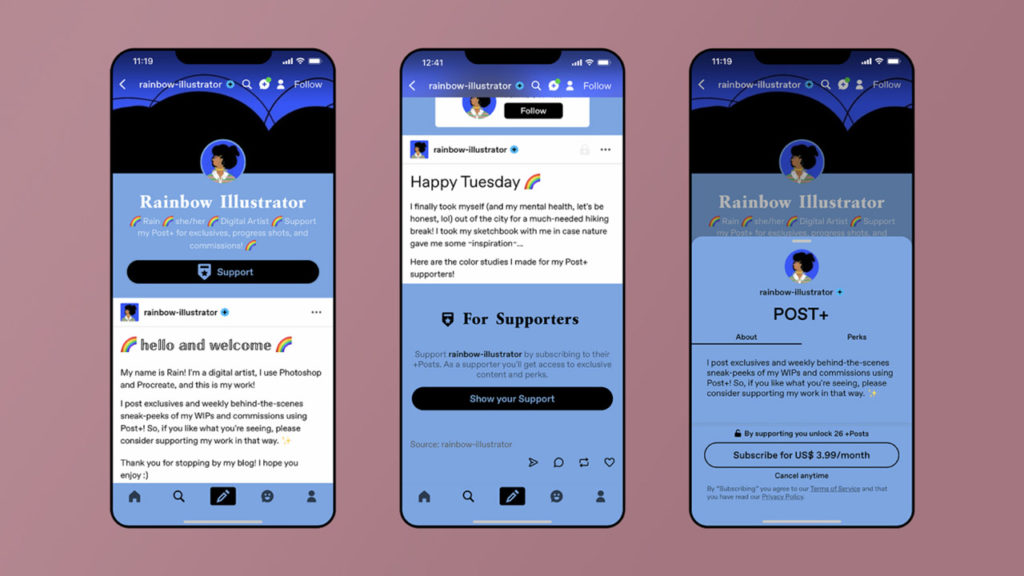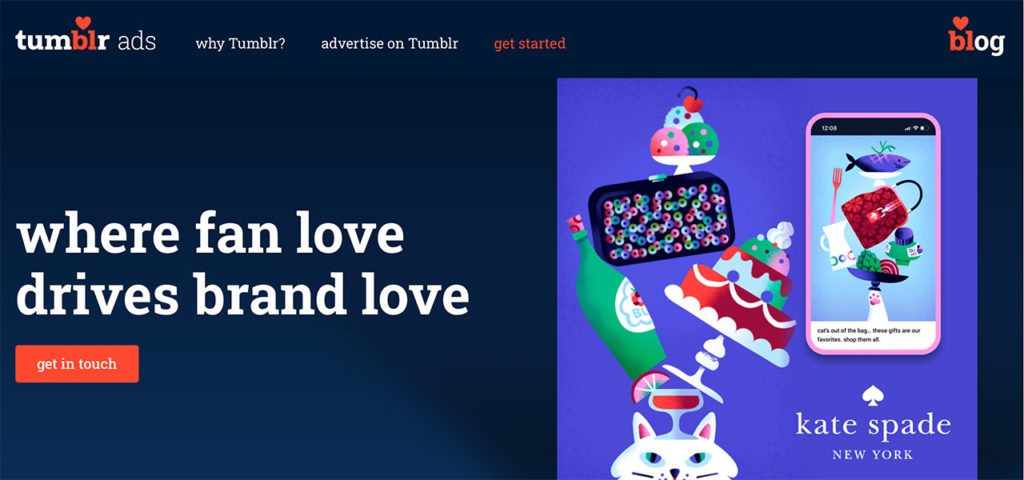For this edition, we discuss the resurgence of social platform Tumblr. How and why is it suddenly making a comeback and what does Gen Z have to do with it?
If you were a millennial in the mid 2010’s, it’s pretty safe to say you’ll be familiar with Tumblr (and its sudden disappearance). Well, you might be surprised to hear that the once hugely popular social site is making a comeback, and it’s all thanks to Gen Z.
As a platform that has always offered individual expression, freedom of speech and almost no ads, there’s a lot on offer for the tech-savvy, socially conscious wave of Gen Z consumers, who have a spending power of over $140 billion.
So, what do you need to know if your target market includes this generation of consumers? And, after such a swift fall from grace, why and how is Tumblr making such a sizable resurgence?
Let’s go back to the 2000’s
Tumblr was launched in 2007 by David Karp, a software consultant who had long been waiting for an established platform to launch short-form blogs, called “tumblelogs” (hence the name). Its launch also coincided with the mass adoption of smartphones and a new breed of amateur photographers who were seeking a place to curate and upload photos. Within two weeks, the site had gained 75,000 users.


The platform allowed a range of media including text, video, images and GIFs and became a much-loved outlet for personal blogs, political movements, creativity and niche conspiracy theories. It also became a hub for online communities, interacting with and discussing everything from Taylor Swift to Doctor Who.
Tumblr was considered “a petri dish of internet quirkiness.”
Kyle Chayka, The New Yorker
Of course, there were also downsides to the platform, which boasted freedom of self-expression, in all forms. Supremacy groups, as well as homophobic pages and even pedophilic groups were free to use the platform, and the lack of moderation became a key reason behind eventual user frustrations.
So, when did Tumblr….tumble?
It all started to go downhill for Tumblr when Yahoo purchased the platform in 2013 for $1.1B. At this time, there were 73 million users and 13B page views in April 2013 alone. Considering the surging popularity of other social media sites such as Facebook, YouTube and Instagram, Tumblr was holding its own, with a unique offering of freedom of speech with no ads.
However, around this time, the platform started moving towards paid advertising, and its army of loyal users began to leave the site in droves. During this time, Tumblr primarily became a sharing site for niche content – and nudity and porn was the most popular.
In 2016, Yahoo declared Tumblr’s value to be just $230m – less than a quarter of its previous value. The following year, just four years after acquiring the platform, Yahoo sold it to Verizon, who failed to generate ad revenue or bring the platform back to life. To make matters even worse, in 2018, Tumblr banned adult content from the site and swiftly lost 30% of its traffic (SimilarWeb, 2019).
In response, the Vice President of Pornhub expressed interest in purchasing the site – with the promise of reinstating all previous adult content policies.
Just two years later, Automattic (the company that made WordPress) bought Tumblr for a tiny $3m.
How and why is it coming back?
These days, Gen Z (born 1996-2012 ) make up over 60% of new users on the platform, leading to a 55% growth since July 2021. In a social media world with ads everywhere you go, it’s well known that both Millennials and Gen Z in particular distrust ads they see on social media. Younger generations are increasingly expecting personalisation, and an alignment in values and ethics between the brands they purchase from and their personal beliefs. More than half of Gen Z reportedly install ad blockers on their devices, and over 80% skip ads they see on social media.
Tumblr is the antithesis of mainstream social media. The feed isn’t driven by an attention-grabbing algorithm like other sites, and there is a noticeable absence of influencer and brand activity. The site is open-ended and offers a welcome distraction from the “real world” due to the undated feed and pseudonym accounts.


Of course, the pandemic and “the age of nostalgia” has helped, creating a world full of people stuck at home, feeling like the only way through is to go back. The obsession with old movies, music, fashion, and websites like Tumblr, help us connect with feelings from the past, where things felt more simple, less lonely and presented fewer worries.
Fashion and aesthetic trends from the 2010’s are also coming back too (don’t be scared!), with ‘Twee’ fashion on the rise in both Google searches and TikTok.


And it’s not just users that are being rewarded. In the last eight months, Tumblr has launched two features to allow creators to make a profit from their content – Post+, a subscription service which allows access to exclusive content, and Tip Jar, through which users can tip up to $100 to their favourite creators and posts. Tumblr isn’t even taking a cut of the payments!
This kind of thinking will also help Tumblr stay alive as Web 3 comes to life – with proper remuneration for creatives front of mind as we discussed recently.
So, what can brands do?
Tumblr’s chief revenue officer Cavel Kahn was hired to build the platform’s direct ad sales, something which was never offered as an individual service previously. So far, Tumblr’s ad offerings include sponsored posts, sponsored days, where your ad is ‘pinned’ to the homepage for a day, and access to the Dashboard Radar unit – a featured spot at the top of user’s feeds.


So far, direct ad sales such as these have jumped 230% in quarter four of 2021, compared to quarter four 2020. Requests for proposals, as of earlier this year (January 2022) is also projected to be 445% higher than the same time in 2021.
While Tumblr continues to find its footing, it’s truly astounding that a platform which was pronounced dead just a few years ago is on the path back to relevance for younger users.
We will have to wait and see whether it continues to grow and thrive, or whether it takes another nose dive – similar to other platforms of the past such as MySpace. But considering 74% of active Tumblr users aren’t on Snapchat, and half aren’t on TikTok, Tumblr might just be the place for brands to reach Gen Z and Millennial users.
Source: The Hustle, 2022, Ad Week, 2022, Forbes, 2022.

